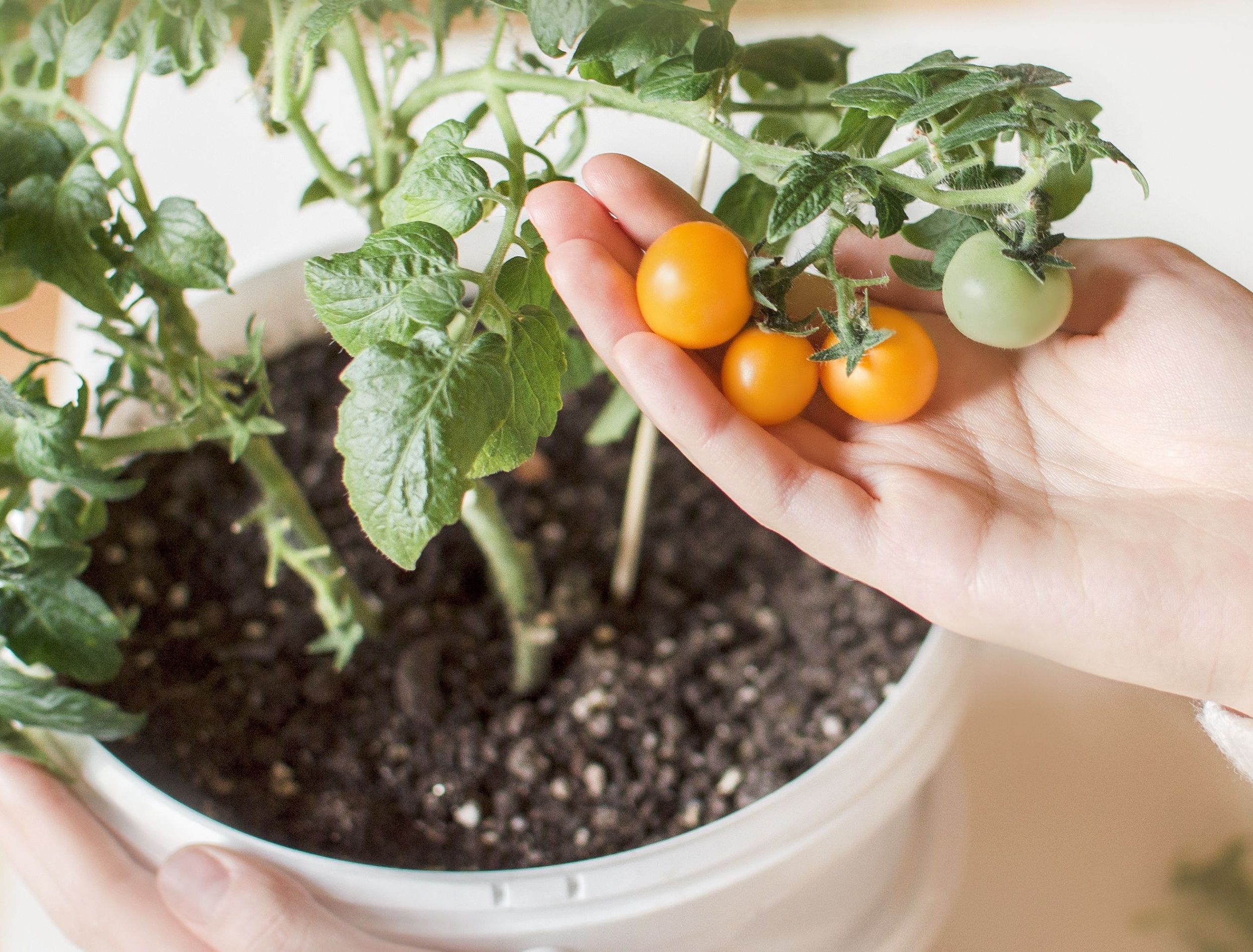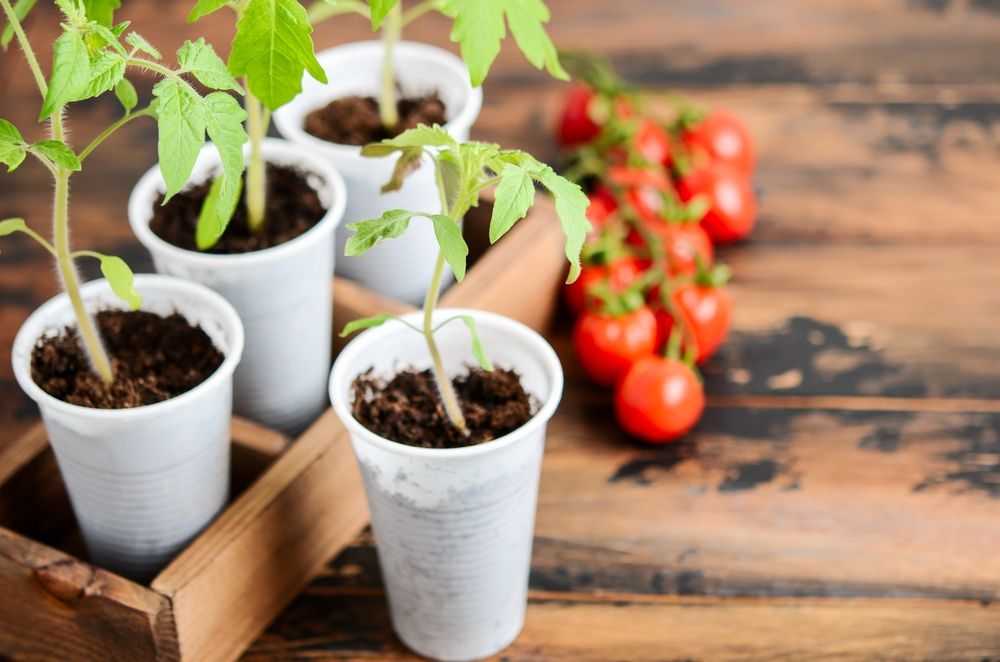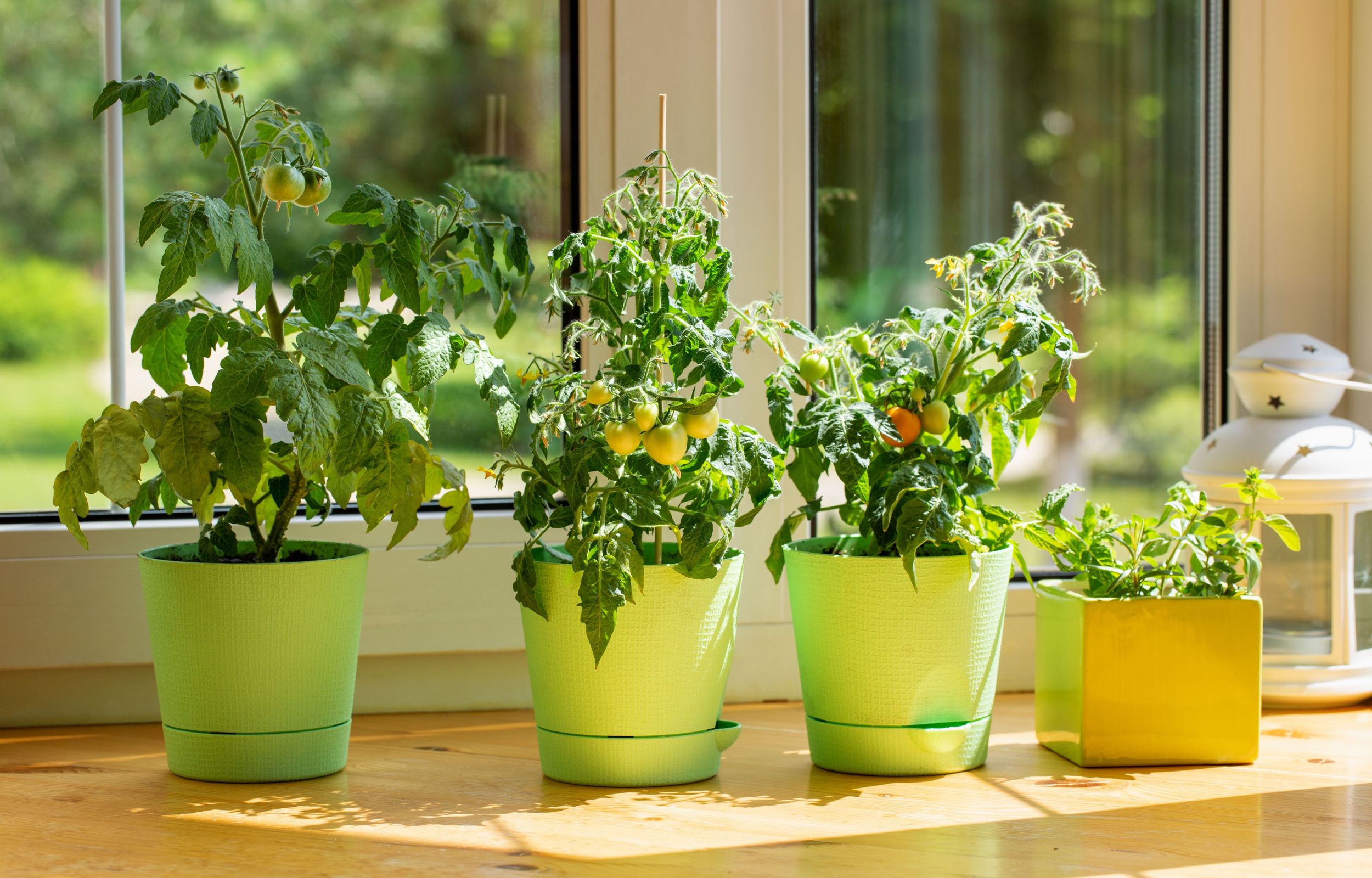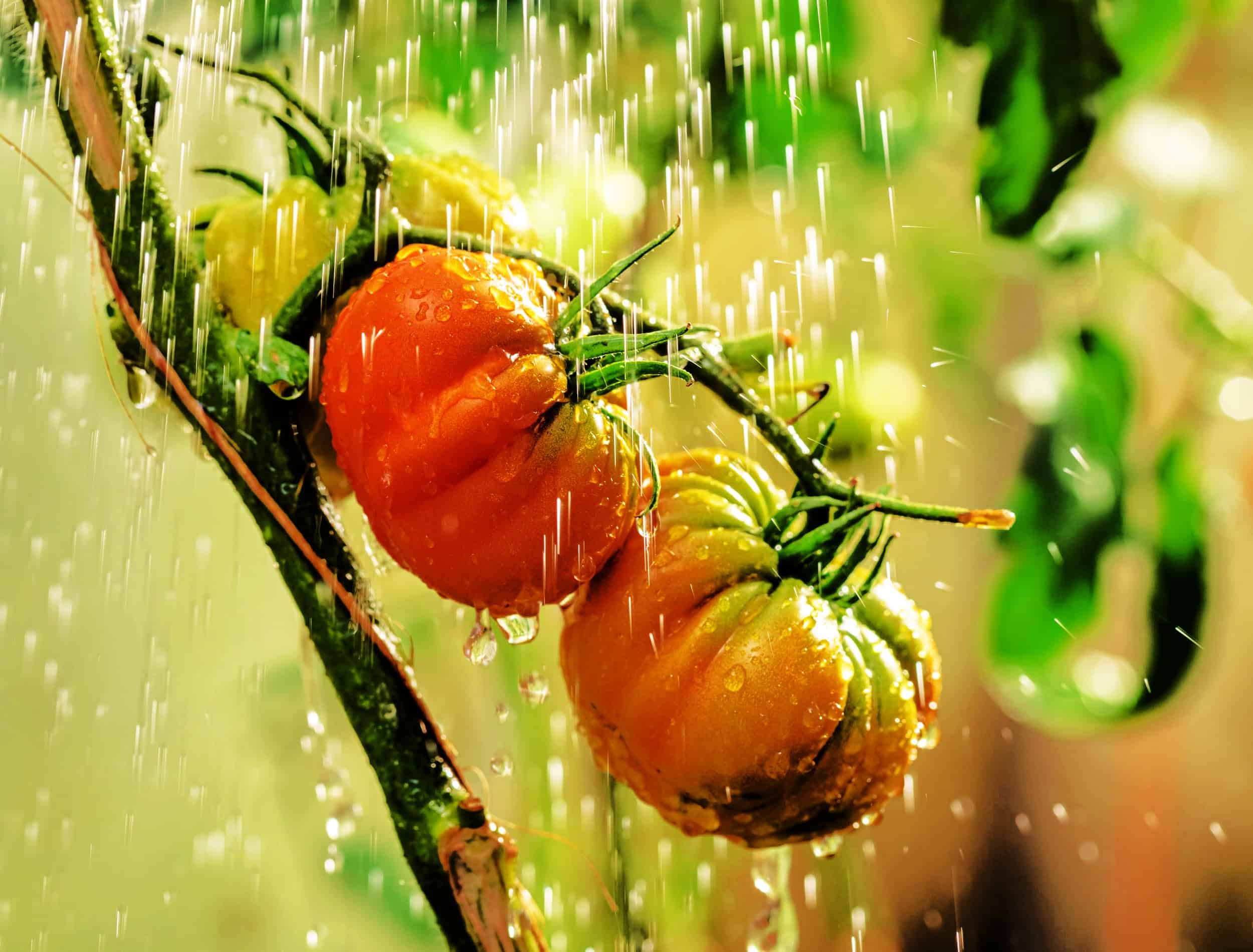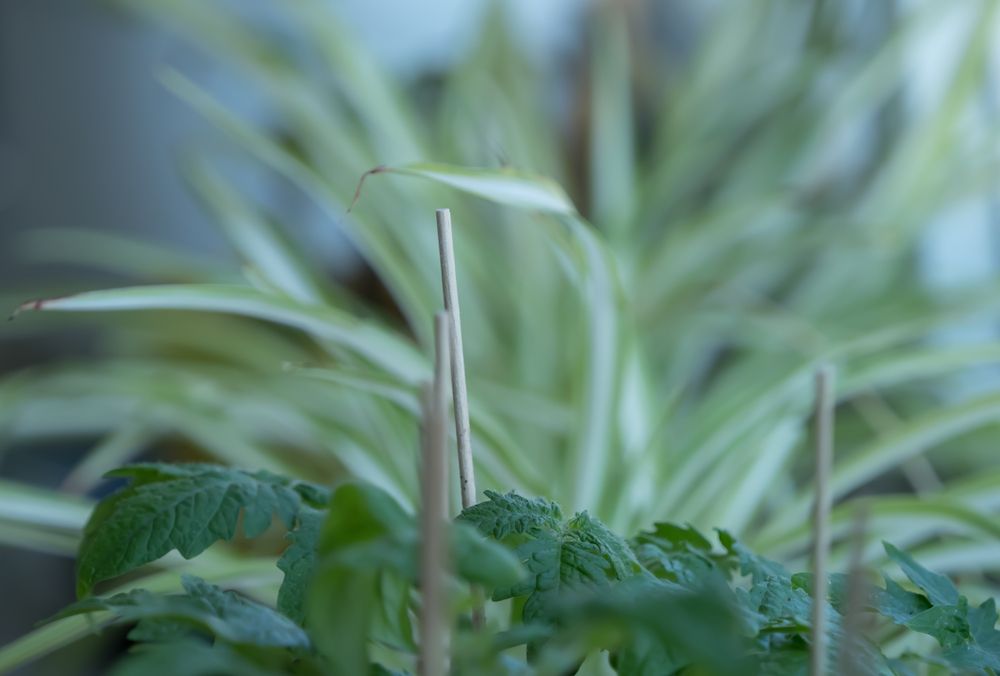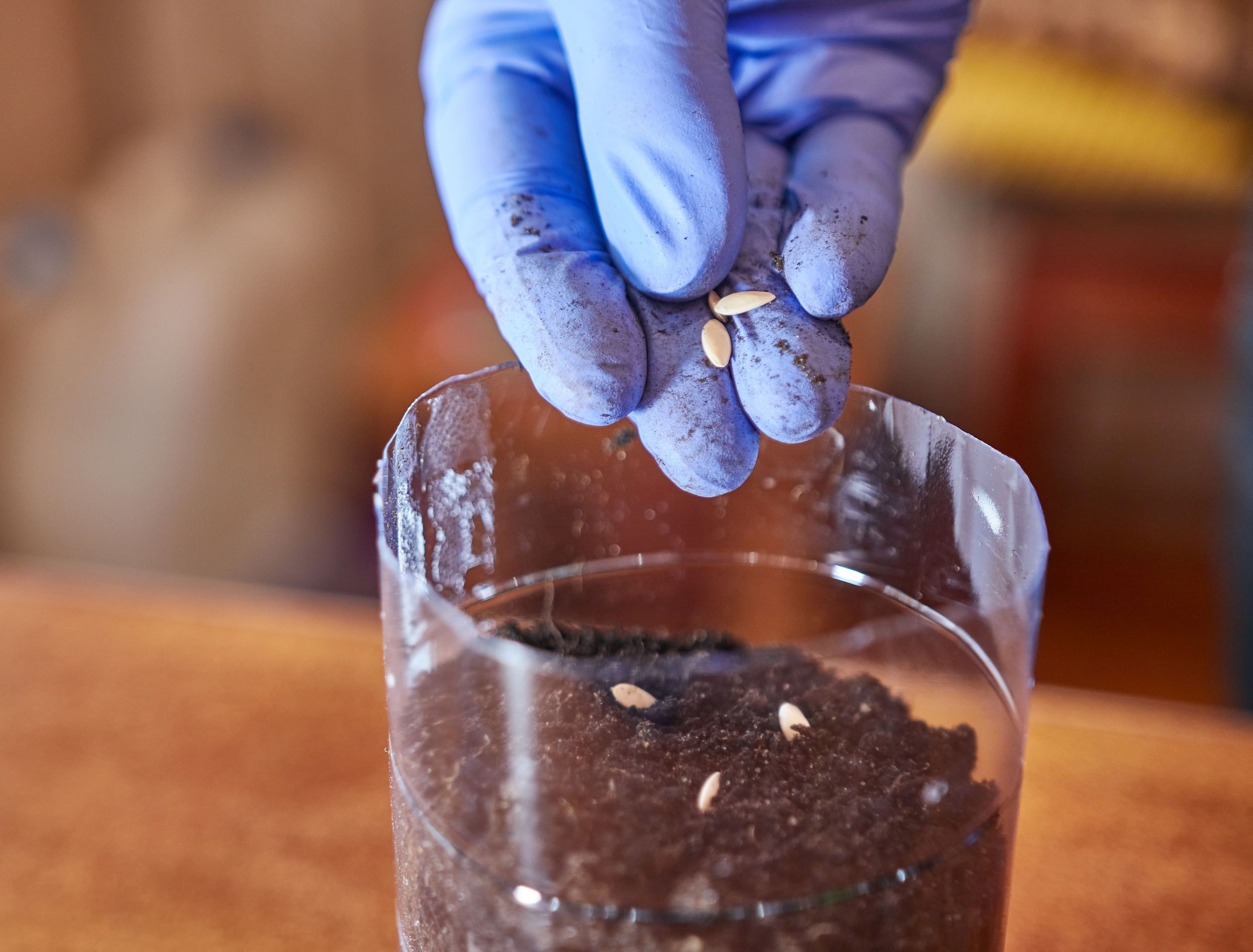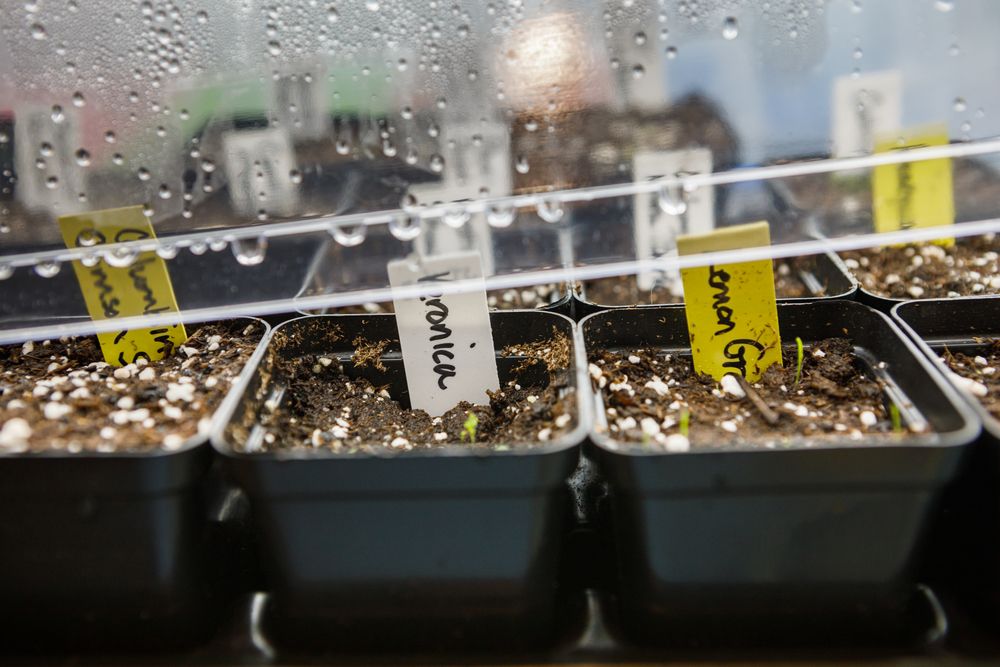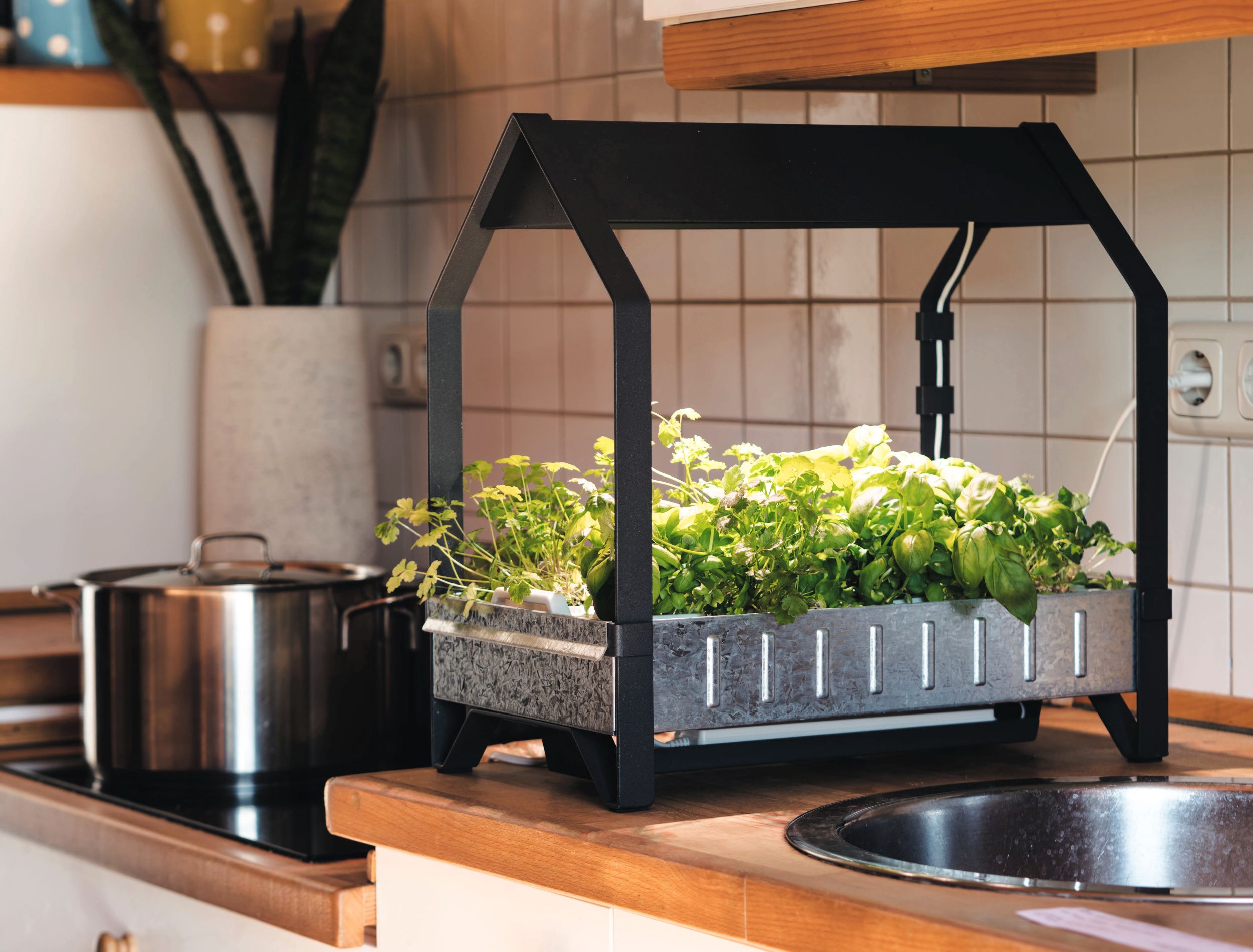Are you looking for a way to have fresh tomatoes all winter long? Maybe you have a green thumb but limited outdoor space? No worries, tomato growing can still be achieved indoors! All you need is a bit of knowledge and some practice and soon you'll be able to enjoy fresh, homegrown tomatoes all year long!
Growing tomatoes inside is easy and fun, with the right tips. So, whether you have a small windowsill garden or a larger indoor garden, these ideas will help you grow healthy and delicious tomatoes right inside your home!
Choose The Right Container
Image credits: JulijaDmitrijeva via Shutterstock
To get started, you'll need to select an appropriate container for your indoor tomato plants. The most suitable pots are between 10 to 12 inches deep and wide, as they provide enough space for the roots of your plant to spread out and develop properly.
You can choose a pot that's made of any material you like but some are more suited for certain plant types then others -- From a breathable material like terracotta to swankier pots like porcelain. Just remember terracotta will dry the soil faster, providing adequate drainage.
Additionally, ensure that your containers have drainage holes. This is crucial, as tomato plants need very good drainage to avoid any root rot.
Location Matters
Image credits: Geshas via Shutterstock
Tomatoes need plenty of sunlight, so it's important to place your container in a bright spot with at least six to eight hours of direct sun each day. In the winter, a south-facing window is ideal; On short winter days, they can provide the most sunlight. If you’re growing tomatoes indoors in the summer, east or west-facing windows are best.
If you don’t have enough natural sunlight in your home, you can also use grow lights for your tomato garden. Remember, grow lights differ from sunlight. If you’re growing tomatoes under these conditions, your plants need approximately 16 to 18 hours of light per day. When possible, avoid incandescent bulbs as they can burn your tomato plants. Instead, opt for LED or fluorescent bulbs.
Keep an eye of your tomato plants for signs of sun damage such as yellowing or wilting leaves.
Water Wisely
Image credits: Shaiith via Shutterstock
Tomato plants require consistent watering to thrive indoors, especially when temperatures are high, and humidity is low. Your plants will show sing of dehydration when they are thirsty, such as dry, wilted, or yellowing leaves.
It’s best to water them deeply once per week, depending on the soil dryness and the heat levels in the room they’re growing in. If in the heat of summer you decide to move your tomatoes outdoors, you'll need to increase watering about once a day, or 2 inches of water per week.
With tomatoes, it’s best to let the soil dry out a bit before watering. When performing this task, saturate the soil evenly and avoid getting water on the leaves of your plants or you risk diseases like leaf spot.
Support Your Plant
Image credits: Wirestock Creators via Shutterstock
As tomatoes continue to grow, they may need additional support in order to stay upright without leaning or drooping. Staking is an effective way to keep your tomato plants stable.
Choose a strong stake that won't tip over easily if it's placed too close to the plant’s stem. You can also use a cage around the plant for additional support.
Good Quality Seeds
Image credits: Vitstyle via Shutterstock
A good quality seed is essential for any successful indoor garden, so invest in organic varieties. Chemical-treated seeds are not ideal for indoor growth as they often contain pesticides and antibiotics which you don’t need in an indoor setting. Look for organic seeds at your local nursery, health food store, or online.
When choosing the type of seed you want to grow indoors, pay no attention to the hardiness zone information on the packet. You don't need to worry as much about your zone when growing indoors. For maximum success, research different varieties that are best suited to growing indoors and select accordingly.
Use Starter Trays
Image credits: eurobanks via Shutterstock
For those who want to start their tomato plants indoors, using a seed starter tray is the perfect solution! This is great if you are a beginner or want to give your kids a project.
Seed starter trays not only help promote faster germination but also give you the ability to start up to 72 different individual plants at once. That’s a great form of insurance against some seeds not germinating.
Many seed starter trays come in plastic or biodegradable recycled paper options, and you can easily control the environment for your tomato plants with the transparent plastic cover. Create a small greenhouse by holding in heat and moisture to ensure the ideal growing conditions while keeping any pests away.
Try Growing Hydroponically
Image credits: Floki via Shutterstock
If you want to grow tomatoes indoors with minimal effort, try your hand at hydroponic gardening! Hydroponics is a great way to grow plants easily and efficiently with no soil.
With a hydroponic system, you can control the environmental conditions that are essential for growing tomatoes indoors. You can customize the temperature, light intensity, air circulation, and nutrient levels in order to maximize crop yields. Plus, since you're not using soil, there's no mess. Just water and nutrients that get pumped directly into the root systems of your plants.
Not only will you be able to enjoy delicious tomatoes all year-round, but you'll also reduce waste by cutting down on plastic packaging associated with store-bought produce. Along with tomatoes, strawberries, lettuce, bell peppers, and herbs work wonderful for this gardening method.
Here Today, Gone Tomato
With these seven tips, you’ll be able to grow tomatoes indoors with minimal struggle. After all, the greatest reward of growing your own tomatoes is that delicious homegrown flavor that can only come from harvesting them straight from the vine.
With a bit of patience and dedication, you can easily enjoy fresh homegrown tomatoes year-round. Follow these steps to guarantee your plants stay healthy and produce abundant yields. And share this article with friends and family that would love to get in on some homegrown tomato action! Do you have any tips or tricks for growing tomatoes indoors? Leave a comment below, and happy gardening!

